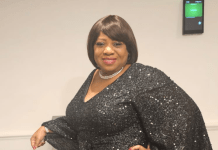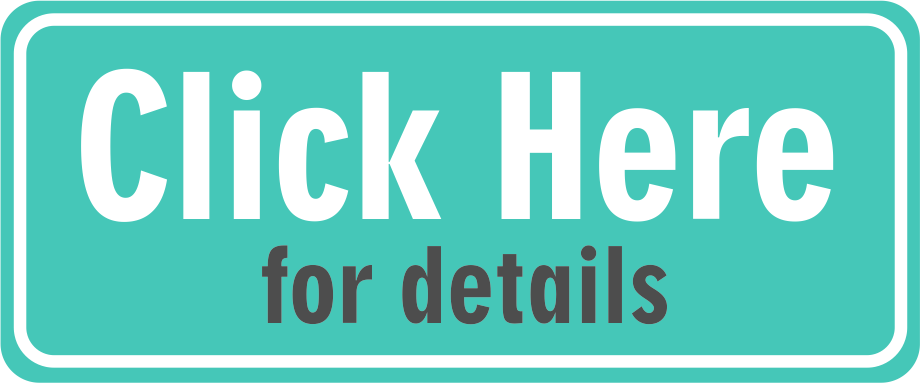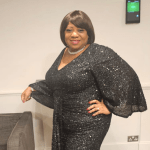By Carelle Herrera
Most people think confidence is a personality trait. You either have it or you don’t. But after more than three decades helping business leaders and high performers rewire their mindset, I’ve seen firsthand that confidence is a skill. And like any skill, it delivers measurable returns when practiced consistently. In business, we’re trained to track what works: ROI, KPIs, OKRs. Yet we rarely evaluate the performance impact of our internal software—our thinking. What if your confidence was your most undervalued asset? Not the loud kind, but the kind that helps you make faster decisions, handle pressure, and show up clearly when others spiral in uncertainty. Investing in your mindset isn’t a luxury—it’s a strategy. It leads to better results, more trust, and greater clarity. And it starts with rewiring how you think under pressure.
Confidence Is Operational
We’re conditioned to believe that moving faster is the key to success. But speed without intention often leads to burnout or poor decisions.
What changes the game isn’t working harder—it’s upgrading the mental model behind the action.
Confidence isn’t arrogance. It’s clarity.
It lets you lead meetings without overexplaining. Pitch without second-guessing. Set boundaries without guilt.
Neuroscience shows that consistent thought patterns reinforce the neural pathways that govern attention, decision-making, and stress regulation. The more you anchor confidence—not performance confidence, but presence confidence—the faster your nervous system recovers from pressure and the less mental bandwidth you waste on overthinking.
In other words: the ROI isn’t just emotional. It’s cognitive.
My Rewiring Moment
All my life has been an attempt to master the uncontrollable—my mind, my emotions, the environment around me. Maybe it’s my ADHD, my theater training—or just what I survived.
As a child, my home wasn’t safe. My older brother struggled with addiction and was often violent toward my father. I was only ten when he threatened our family. That night, I told my dad, “If you need to get up, wake me—I have to pee too.” I didn’t. I just needed to be awake, alert. If no one else would protect dad, I would.
That was my first act of practiced courage. I wasn’t fearless. I was ready.
Years later, that same readiness would guide me into one of the most meaningful chapters of my work: supporting youth during and after the Marawi siege in the Philippines.
In 2017, I was contacted by Ice Seguerra, then Chair of the National Youth Commission, to co-create Usap Tayo—a dialogue program helping parents and teens navigate difficult topics like mental health, gender identity, and teen pregnancy. The program empowered families in underserved communities to have brave conversations at home.
Because of its success, we were then tapped to design Bangon Marawi (“Rise Up, Marawi”)—a psycho-social intervention for youth displaced by the war. BrainStrong, still in its incubation phase, was field-tested here. We used NLP, positive psychology, and neuroscience to help young people regulate stress, rebuild agency, and reframe their future.
We held sessions in tents, evacuation centers, and war-torn schools. In some areas, the conflict hadn’t fully ended. We flew into neighboring cities, drove four hours under military escort, and trained youth who showed up every day despite the ruins around them.
People asked if it was brave or reckless. But I knew: If everyone is afraid, who will go?
That’s the confidence I’ve built—not from having no fear, but from choosing to show up anyway.
That’s the Power of One:
- One child who stayed awake.
- One leader who stepped in.
- One practiced act of courage—repeated until a city could rise again.
The Confidence Audit
Here’s a practical tool I use with executive clients—and you can do it in under 5 minutes.
The Confidence Audit
- Think of a moment last week when you felt unsure or diminished.
- Ask yourself: Was the doubt based on facts, or fear? Write your answer down.
- Identify what you needed in that moment: clarity, rest, permission, preparation?
- Now ask: What would the confident version of me do?
- Choose one small step to act from that version—today.
This exercise trains your brain to slow the self-sabotage cycle and respond with intentional action. It’s not about being fearless. It’s about acting with integrity, even when fear shows up.
Conclusion
You don’t need to feel confident to lead powerfully. You need to train your mind to choose clarity over chaos. And that’s what rewiring does.
Confidence isn’t cosmetic—it’s operational. It shows up in how you think, act, and decide.
And like any smart investment, the returns compound.
Learn more at BrainStrongInitiative.com.















